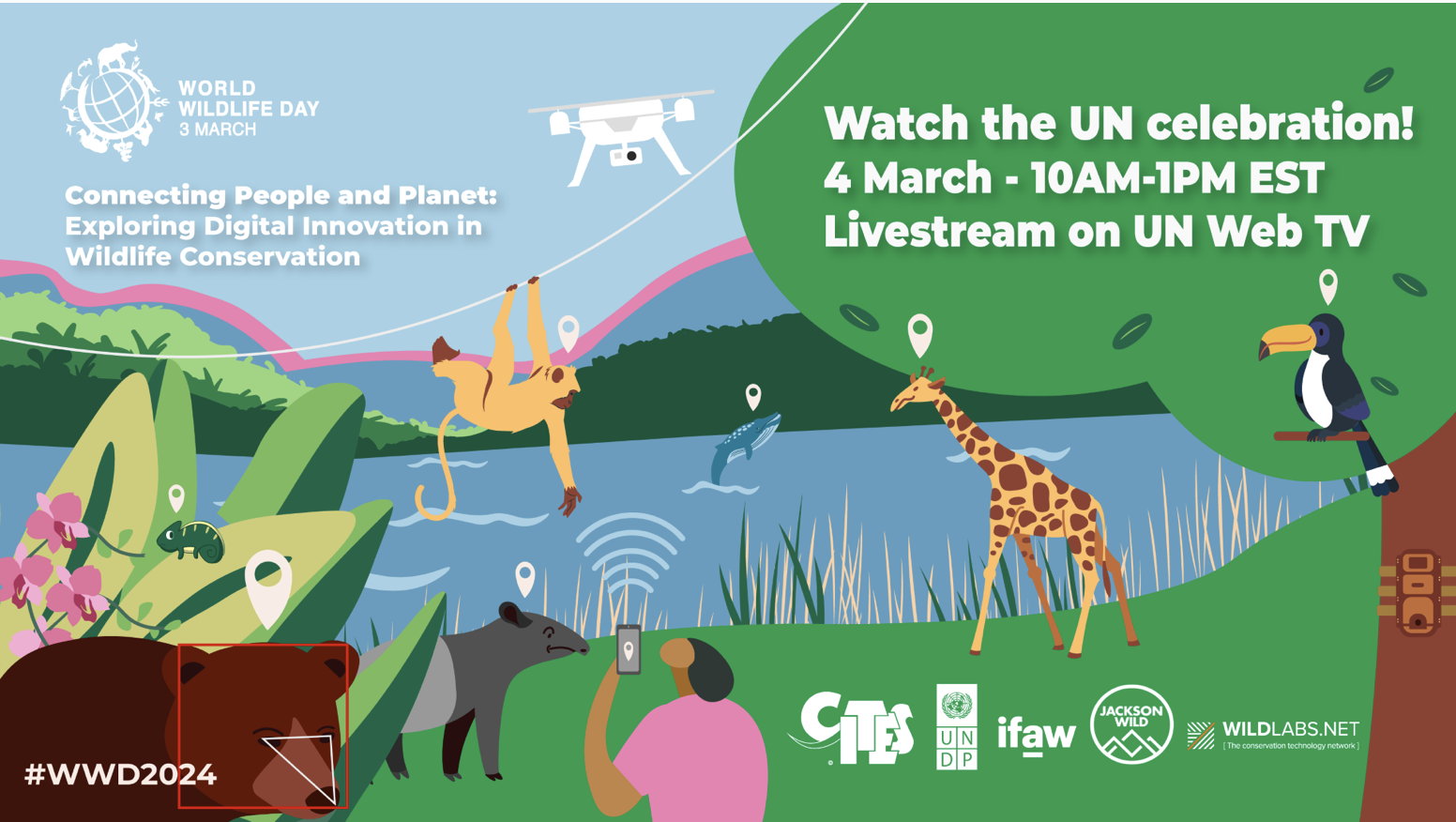
4th of March 2024, UN Headquarters at ECOSOC Chamber, World Wildlife Day UN Celebration organized by the Convention on International Trade in Endangered Species of Wild Fauna and Flora (CITES) Secretariat, United Nations Development Programme, WILDLABS, International Fund for Animal Welfare (IFAW) and Jackson Wild.
UNDP: Digital Transformation and Wildlife Conservation
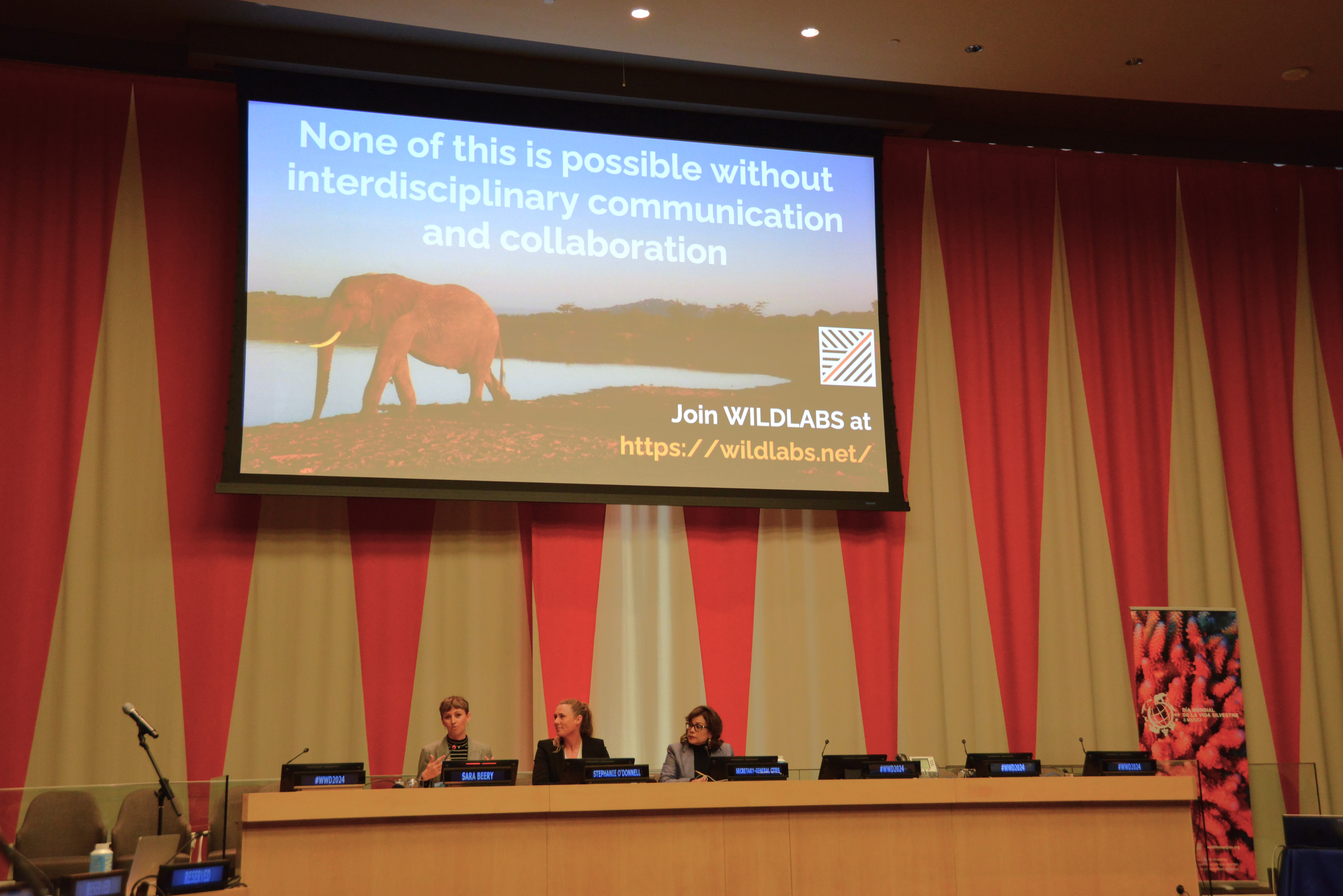
The United Nations Development Programme (UNDP) has highlighted the significant role digital transformation plays in advancing wildlife conservation efforts. By integrating technology into the sector, we're not only able to monitor and protect species more effectively but also foster a healthier and more sustainable planet. The emphasis on digital innovation presents a vast field ripe for exploration and improvement, underscoring the potential for technology to revolutionize the way we approach conservation.
The Power of Technology in Transforming Conservation
The Secretary General of Communications has underscored technology's transformative impact not only on wildlife conservation but also on economies and ecosystems at large. From tracking species movements to pioneering digital advancements, technology is at the forefront of making our world more sustainable. This transformation touches all aspects of conservation, illustrating a deep well of opportunities for progress and innovation.
SDG 13 and Technological Interventions
Under the umbrella of Sustainable Development Goal (SDG) 13, which focuses on Life on Land, technology has been leveraged to address the triple crisis of climate change, biodiversity loss, and pollution. In India, the implementation of sensors to monitor orphan elephants and prevent harm to ecosystems highlights a shift towards technology-driven conservation methods. This allows for more efficient use of human resources, enabling responders to focus on additional conservation tasks.
Urgency and Collaboration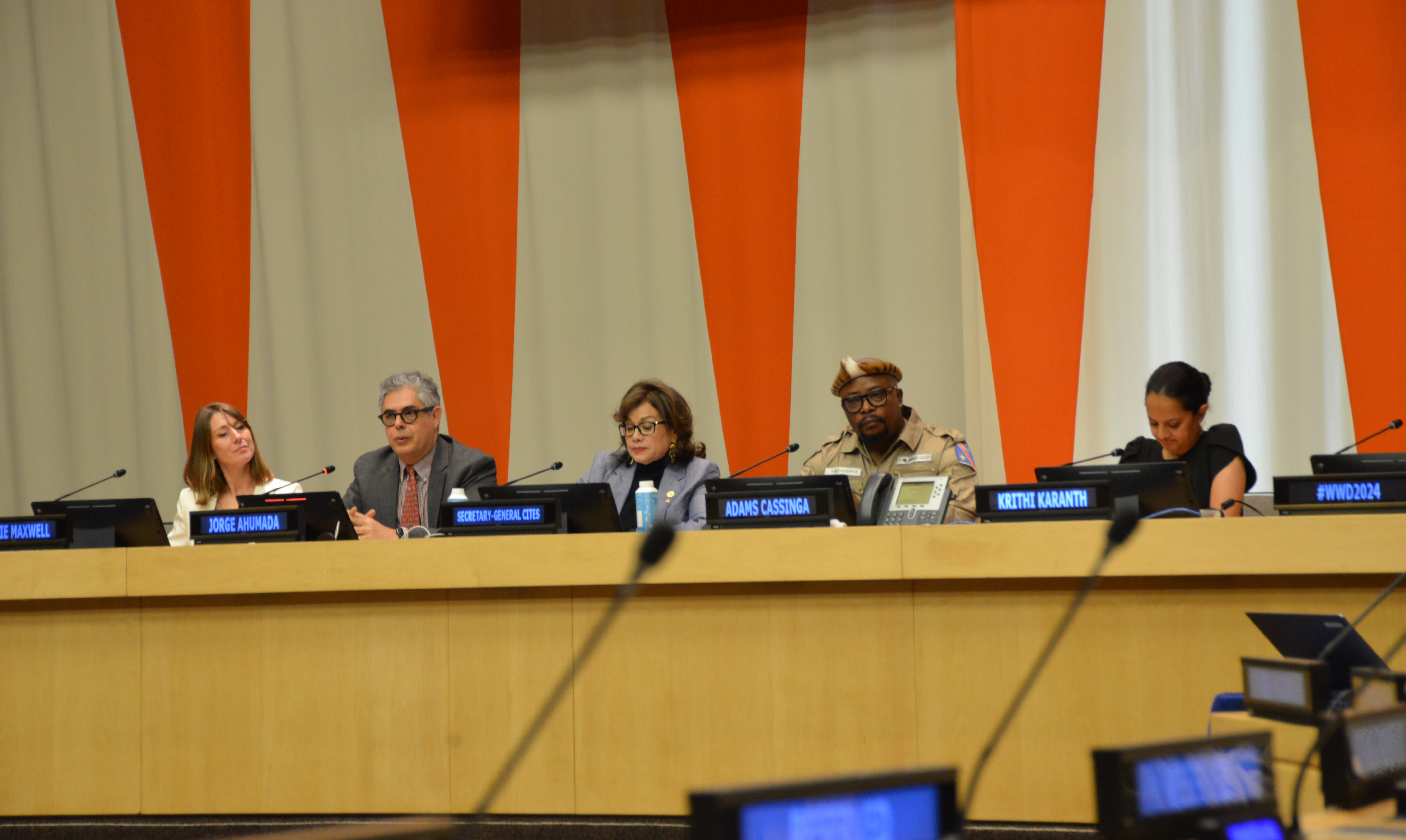
The UNDP Administrator, Achim Steiner, emphasizes the urgency of adopting digital technologies in conservation, noting that time is of the essence in our efforts to protect our singular planet. The adoption of technology fosters partnerships and collaboration, extending its impact across all Sustainable Development Goals (SDGs).
Keynote Perspectives on Conservation Technology
Innovations and Applications
Peter Houlihan of the XPrize Foundation and Stephanie O’Donnell of WILDLABS discussed the broad spectrum of conservation technology, highlighting that it transcends mere hardware. This technology encompasses the tools for data collection, management, and analysis, fostering a cycle of innovation that benefits both wildlife and human communities.
AI in Conservation
Professor Sara Beery from MIT pointed out the critical role of Artificial Intelligence (AI) in data exploitation for conservation. With AI, vast amounts of data can be analyzed to identify species, count populations, and study behaviors. However, the need for innovation in AI is pronounced, especially for at-risk species lacking sufficient data.
International Youth Art Contest and Panel Discussions
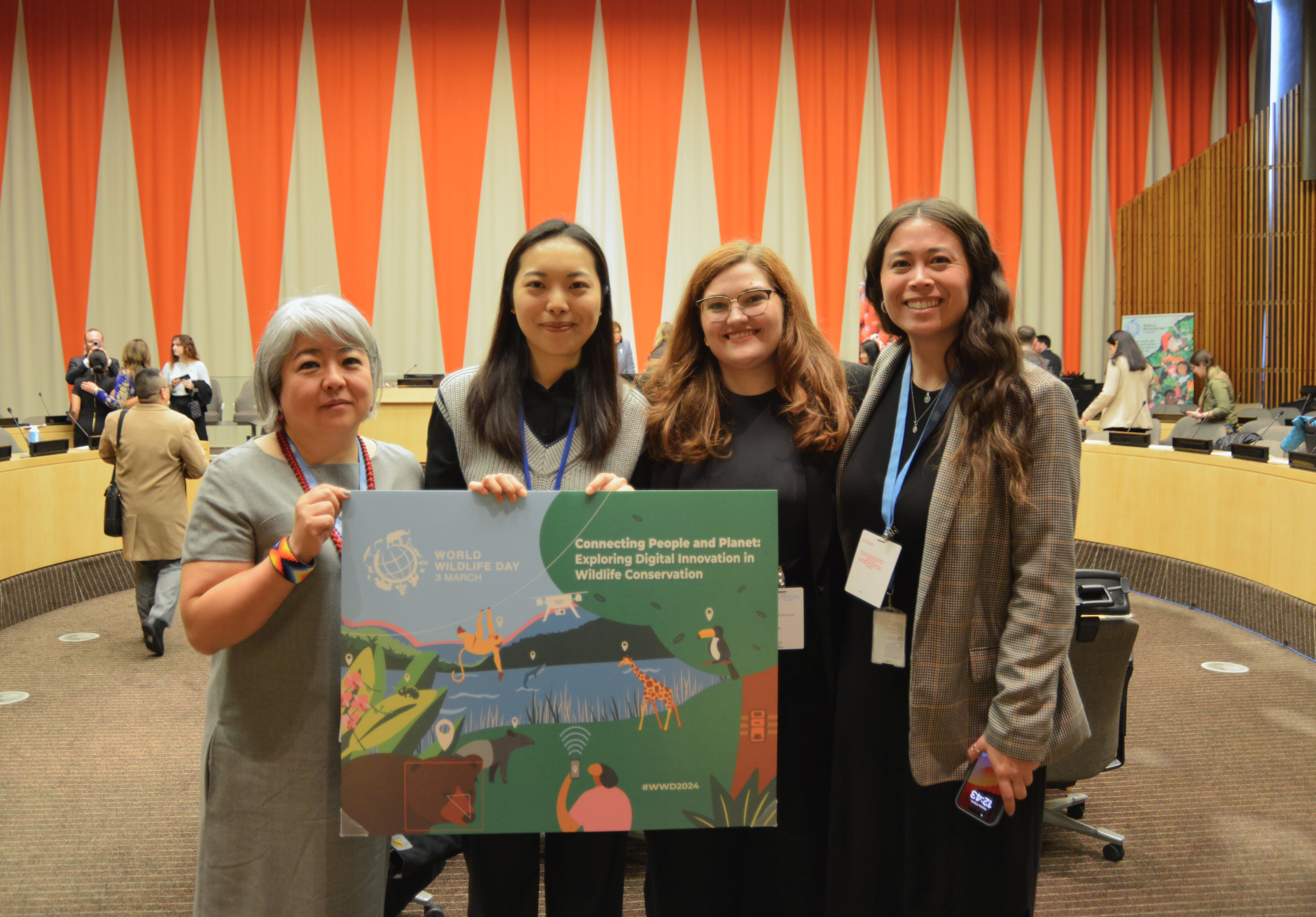
The IFAW Youth Art Contest, accompanied by a performance from Broadway singer Kara Lindsay, and a panel discussion hosted by the CITES Secretariat, further highlighted the importance of engaging diverse voices in conservation efforts. These events underscored the role of digital technology and AI in bridging gaps in conservation, emphasizing the need for responsible, inclusive, and equitable approaches.
Global Contributions and Challenges
Contributions from various countries, including the Republic of Congo, India, Palau, South Africa, and Mexico, showcased the diverse applications of technology in wildlife conservation. From monitoring elephant noises to combating illegal fishing and enhancing rhino conservation, technology plays a pivotal role. However, challenges such as internet connectivity, financing, and inclusive participation remain.
Conclusion
The collective insights from global leaders, innovators, and conservationists at the forefront of digital transformation in wildlife conservation paint a hopeful picture of the future. By harnessing technology, fostering innovation, and promoting collaboration, we can overcome the challenges facing our planet's wildlife and ecosystems. As we move forward, it's imperative that we continue to explore and expand the boundaries of what technology can achieve in conservation, ensuring a sustainable and vibrant future for all species.
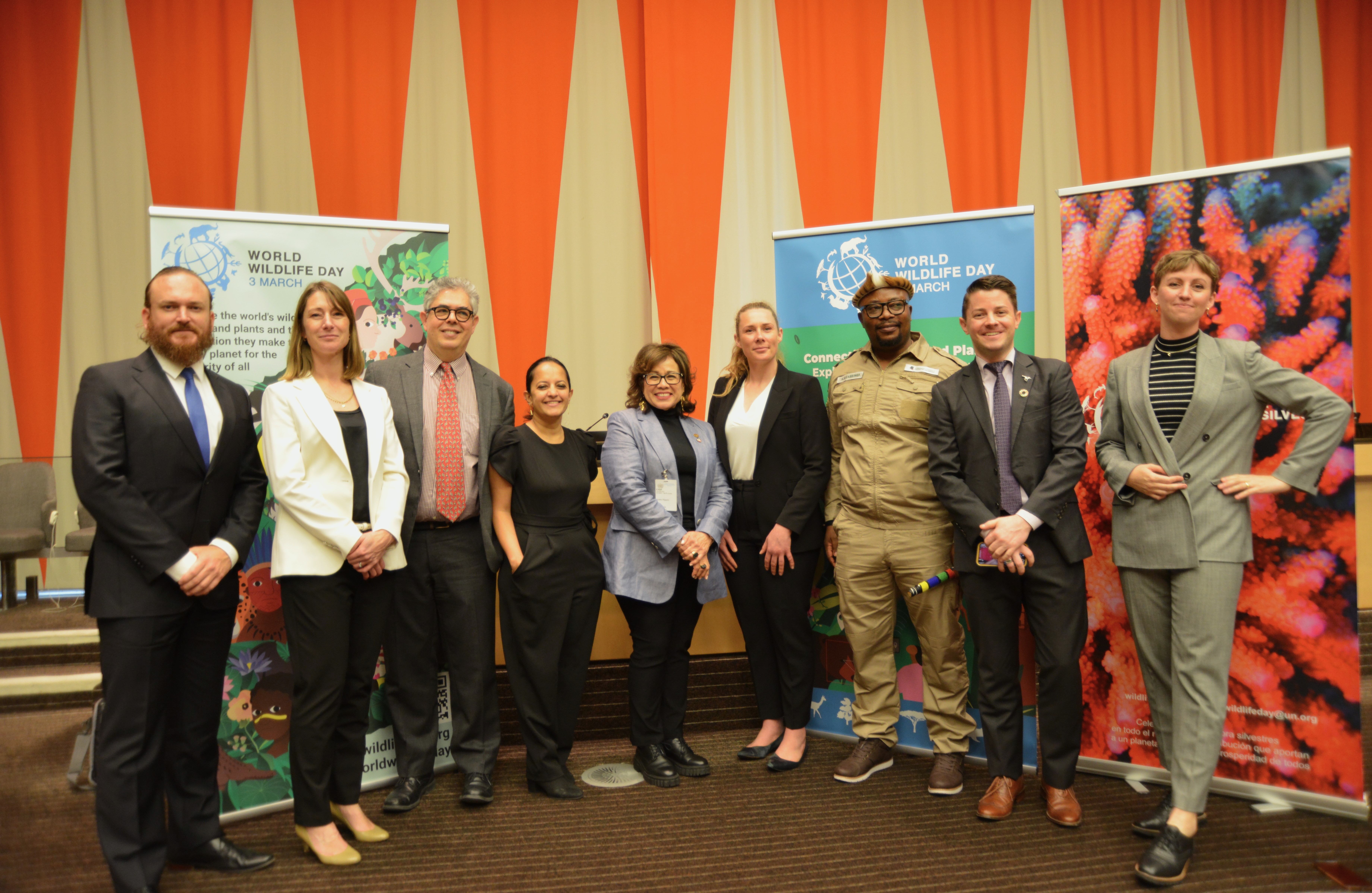
To watch the video recording of the event, please visit: https://webtv.un.org/en/asset/k11/k11javm1pk
Source: UN DESA
 Welcome to the United Nations
Welcome to the United Nations